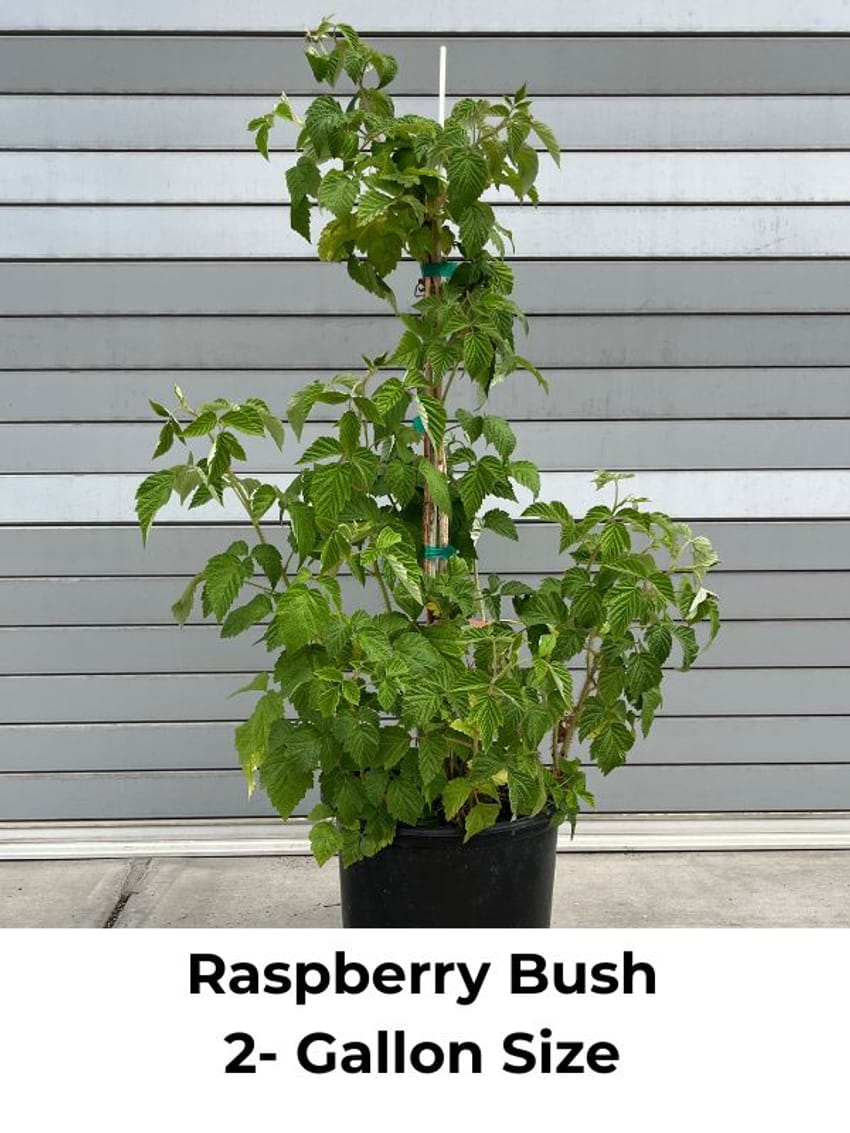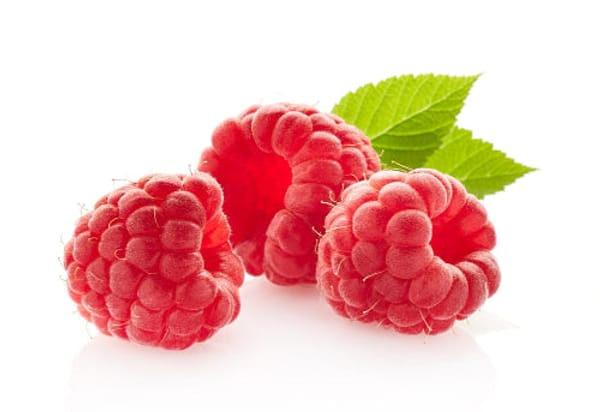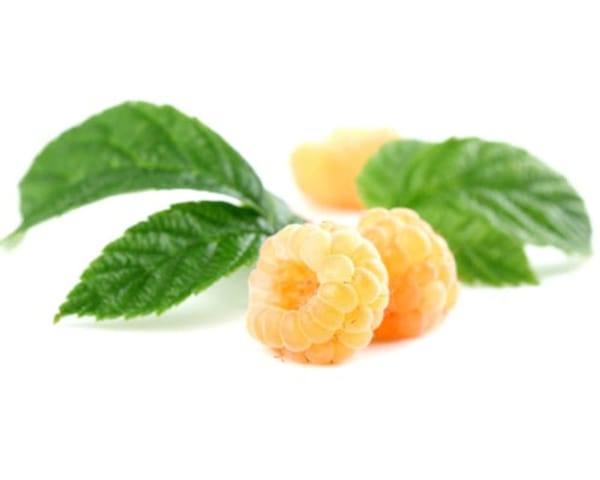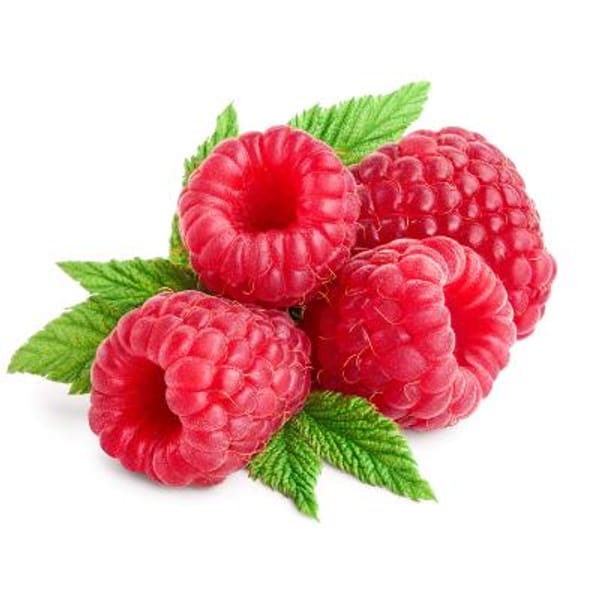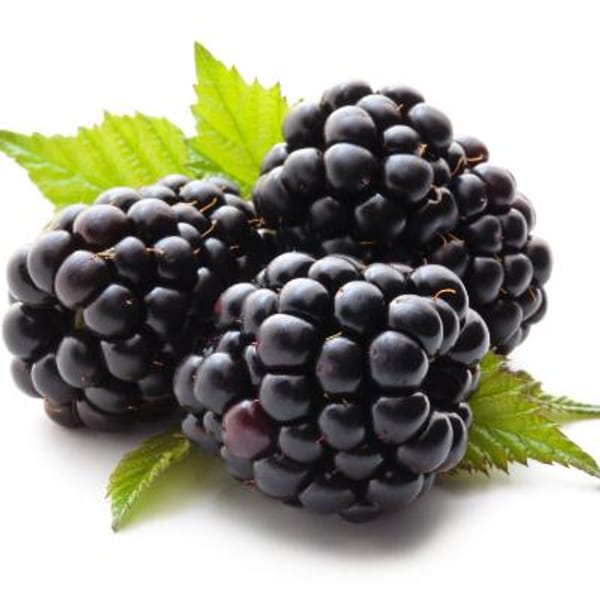- Meeker Red Raspberry is a large, conical, sweet dark red berry.
- It is excellent for processing and eating fresh.
- Classic raspberry flavor.
- Flowers in early spring for an early fall harvest.
- The 4'-6' canes are productive and adaptable to a wide variety of soils.
- Self-fruitful.
- Semi-Trailing plant structure.
- Fruits on second-year canes.
- Best for Zones 4-8
- Cold Hardy down to USDA Zone 4.
- >Check out our Cane Berry Growing Guide (pdf)


